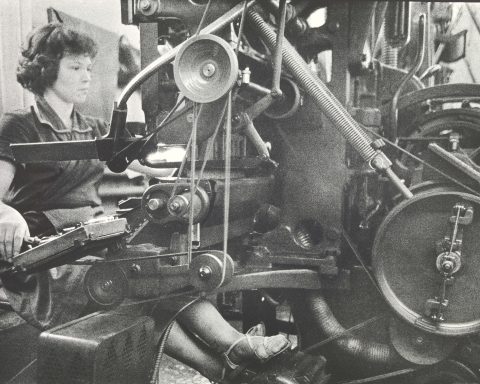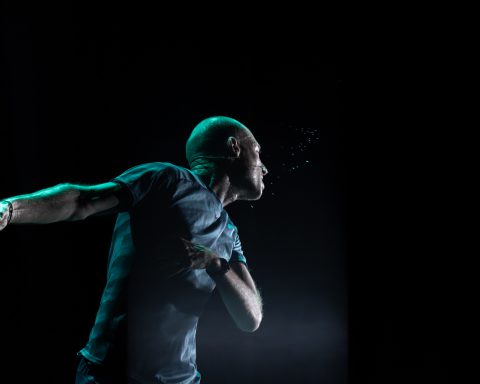The exhibition The Leipzig Connection opened last month in the Meštrović Pavilion, home of the Croatian Association of Visual Artists in Zagreb, Croatia. Curated by Mark Gisbourne, it reveals a rich diversity of works by 27 German artists: a sample of the illustrious history of four generations of the Leipzig School of painters.

The works in the exhibition span from the 1960s, including visual insights into material that influenced the Leipzig School, up to a representation of the New Leipzig School: the post-communist generation of painters trained by the earlier Leipzig masters.

Visitors can see some examples of the most important works by masters of the communist period, such as Bernhard Heisig, Werner Tübke and Wolfgang Mattheuer, followed by the second generation of their students, such as Arno Rink, Volker Stelzmann and Sighard Gille.
The third and fourth generation of artists include names such as Annette Schröter, Hans Aichinger, Tilo Baumgärtel, Martin Kobe, Christoph Ruckhäberle and Matthias Weischer.

According to Gisbourne, curator of The Leipzig Connection, the exhibit should be seen as an overview of half a century of creative expression.
Yet, at the same time, it should be read as an example of liberation, an institutional regeneration from the false hypotheses of ideological painting.
The aim of the exhibition is therefore to introduce the rich diversity of Leipzig-trained figurative painter-practitioners to the public.

The Biennial of Painting – in whose framework the exhibit finds itself – was initiated by the Croatian Association of Artists (HDLU) in 2011, with the idea of presenting the current state of the Croatian painting scene. In highlighting a different European city outside Croatia each time, it offers up a broad cross-section of the artistic expression actively shaping the local scene.
Featured artworks follow the development and current achievements of Croatian painting, presenting recognizable performances and authors over the past two years.
This is an opportunity for the public to get to know different generations, and the heritage and poetics of individual artists – all in one place.

And here’s where the title for the Leipzig-related exhibition comes from:
Most of the younger and mid-career artists from Croatia featured in the Biennial of Painting have been creating under strong influence from the figurative tradition of painting, characteristic of the fine arts academies in the countries of the former socialist block. The fact that the Croatian Association of Artists has a permanent residency programme in Hafenkombinat Leipzig bears witness to a continuous connection between the two cities.

These activities open up the two places to different painting traditions, into further stages of fruitful interaction and hybridization. Comparable in both size and scope, Zagreb and Leipzig also share a history of communism. This interrelated experience has manifested in different ways of exigency, as Gisbourne explains in the preface of the exhibition.
The Leipzig Connection in Zagreb is open to the public until December 8th, 2019.
By Tena Bakšaj
Tena is an independent curator from Croatia. She is an associate on the Croatian residency programme in Hafenkombinat Leipzig and was a curator-in-residence in the Pilotenkueche international art program, also in Leipzig. Currently, she lives and works in Zagreb.

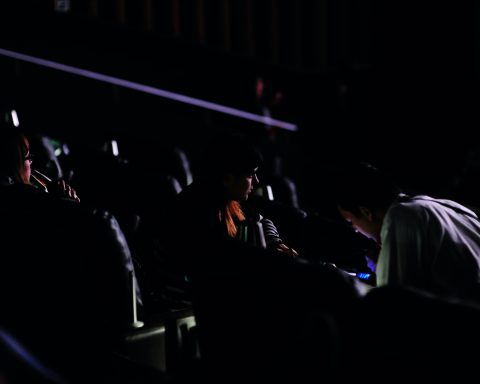
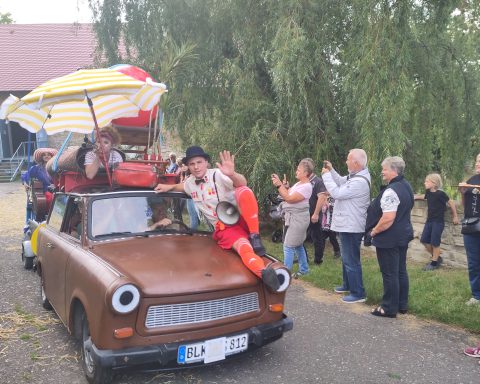

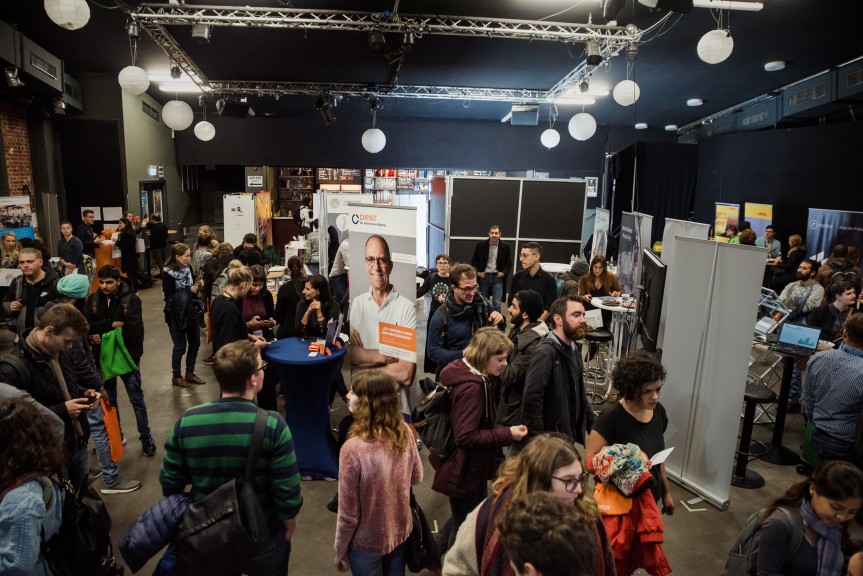
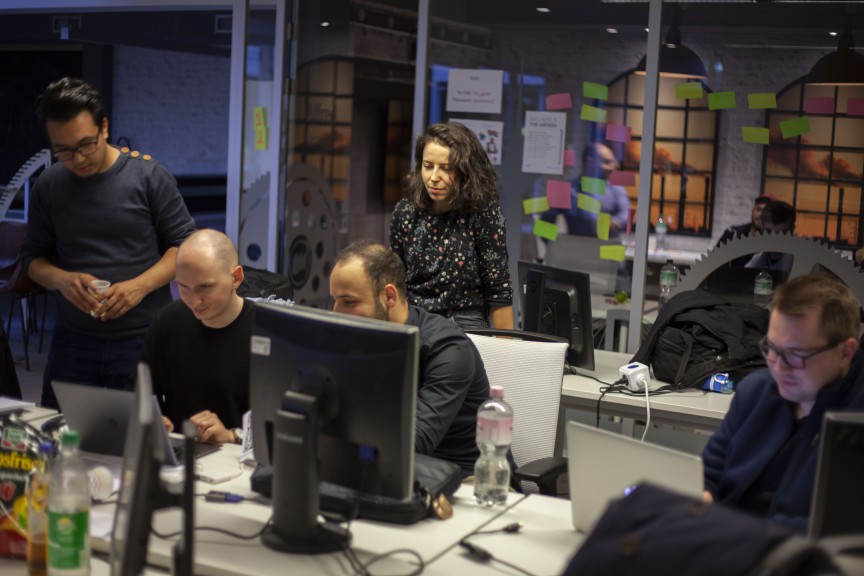

![Wine & Paint event on 9 Nov. 2024 at Felix Restaurant, Leipzig. Photo: Florian Reime (@reime.visuals] / Wine & Paint Leipzig](https://leipglo.com/wp-content/uploads/2024/12/pixelcut-export-e1733056018933-480x384.jpeg)
